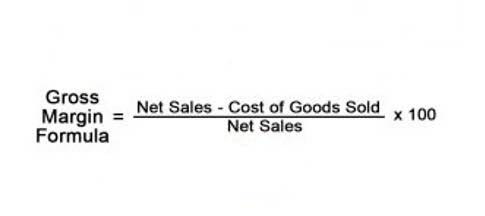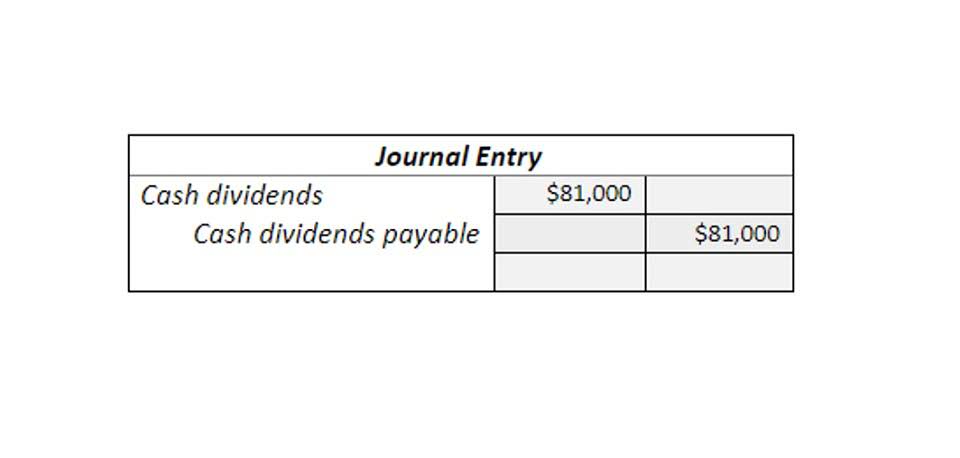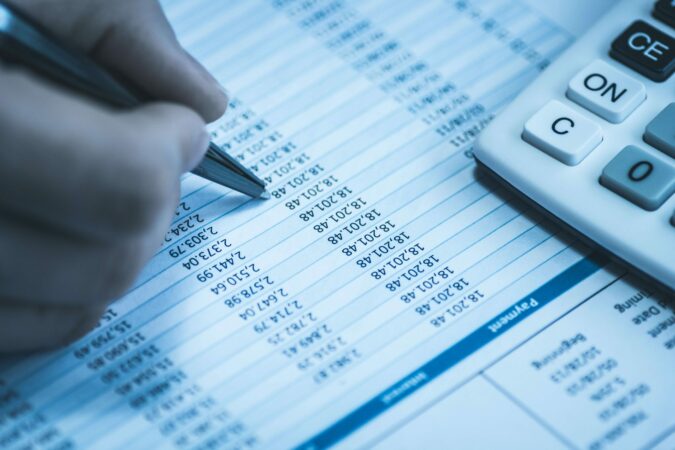
The usage of a single-column purchase journal is to record credit purchases of goods. In this regard, this journal format is the same in periodic and perpetual systems. All of the purchase on credit transactions are posted to this journal on an order-by date.
Sales Returns Journal
For example, you receive a refund for returning a purchase or adjusting an expense amount. In this case, the inventory purchases account is debited to record the amount purchased. Had the purchases journal recorded other items such as equipment purchases or office supplies, then the debit would have gone to the appropriate asset or expense account. As the business maintains control accounts in the general ledger, the accounts payable ledger itself is not part of the double entry bookkeeping, it is simply a record of the amounts owed to each supplier. When the kitchen manager places an order for $100 of inventory with a vendor, Buckley typically has 30 days to pay for the order. This credit transaction would be recorded by debiting inventory and crediting accounts payable for $100.
Understanding Purchase Journals
When items are purchased on credit, the Purchase Journal helps businesses keep track of outstanding payments owed to suppliers. This ensures timely payments, strengthens vendor relationships, and helps avoid late payment penalties. On a regular (usually daily) basis, the line items in the purchases journal are used to update each supplier account in the accounts payable ledger. In the above example, 200 is posted to the ledger account of supplier ABC, 300 to supplier EFG, and 250 to supplier XYZ.
Purchases Journal is Updated from Invoices

In a nutshell, a purchases journal is a journal entry that has the function to keep track of purchases that have occurred. Purchase transactions are recorded in the purchases journal in the same way that sales transactions are recorded in the sales journal. This applies to purchases made on credit, in cash, or for the return of goods. The purchase journal is where all credit purchases of merchandise or inventory are recorded.
Instead, all cash inventory and supply purchases are recorded in the cash disbursements journal. Some businesses keep a multi-column purchase journal to record credit purchases of goods, assets, and other items. The function of the journal columns for the organizations according to their requirements. purchase journal definition Accounting uses seven different journal books to keep track of accounts and record similar transactions. A purchase journal is a particular journal that functions to register the credit purchase of merchandise. The purchase journal will record the purchase transactions of merchandise on credit.


Sources of cash could also include, but are not limited to, debtors, income, or loans received. This is where one would record items such as customer payments and bank deposits. To speed up your invoicing process, help you get paid faster, and maintain cash flow, you can use e-invoicing software. Credit purchase of current assets/Non current assets are not considered when recording in Purchase journal. Take self-paced courses to master the fundamentals of finance and connect with like-minded individuals. The articles and research support materials available on this site are educational and are not intended to be investment or tax advice.
- However, many people believe that the record of all credit transactions should be in the multi-column purchase journal.
- An accounting team may use other specialty journals to track certain types of transactions.
- Each entry in the journal includes crucial information such as the date of purchase, the name of the supplier, a description of the items purchased, their quantity, unit price, and the total cost.
- Entries from this journal are utilized to prepare essential financial statements, like the income statement and balance sheet.
- The articles and research support materials available on this site are educational and are not intended to be investment or tax advice.
- Chartered accountant Michael Brown is the founder and CEO of Double Entry Bookkeeping.
- In general, the cash receipts journal has two debit columns for cash receipts and cash discounts and three credit columns for accounts receivable, sales, and other charges.
- All of these columns use source documents that were acquired throughout the voucher system.
- Our work has been directly cited by organizations including Entrepreneur, Business Insider, Investopedia, Forbes, CNBC, and many others.
- When items are purchased on credit, the Purchase Journal helps businesses keep track of outstanding payments owed to suppliers.
- The purchasing journal would also record the transaction by debiting inventory, crediting accounts payable and recording the date, invoice, terms, and vendor.
- Made on purchases for later use as deferrals against cost of goods sold or deductions from income tax expense.
Entries from the purchase returns and allowances journal are posted to the accounts payable subsidiary ledger and general ledger. To understand the Purchase Journal, it’s essential to grasp its fundamental purpose. This journal captures critical details about each purchase, including the date of the transaction, the supplier’s name, a description of the items bought, quantities, unit prices, and total costs. Additionally, it tracks the method of payment, such as cash, credit, or check.
- A double-entry system does not write the purchase journal; it is not written with the debit and credit accounts determined.
- One of its primary functions is to facilitate the reconciliation of accounts payable.
- This makes it easier to go back and compare transactions to make sure everything matches up in the case of an audit.
- This journal not only aids in maintaining an organized record of purchases but also facilitates the reconciliation of accounts payable, ensuring that the company pays its suppliers accurately and on time.
- In double-entry bookkeeping, companies usually keep 7 different types of accounting journals.